
Making Connection to Dismantle Trauma: the Connecting Vessels. Part 1: the Lungs.
The remnants of trauma take many forms, creating a multitude of seemingly strange physical, mental and emotional symptoms. A particular system of acupuncture channels showcase and treat such traumatic remnants. These channels, called Luo or “Connecting Vessels” help decode where trauma has taken root in the body and the various psycho-somatic symptoms it can manifest.
There are 16 Luo Vessels, 12 of which are named after the major internal organs. This article will be the first of a series to explore the psycho-somatic manifestations of trauma expressed through each of the 16 Luo Vessels.
Understanding the Luo helps us identity the root of mysterious symptoms that may seemingly lack a cause. They also point the way to resolution of these symptoms, as we transform the pain of trauma into the wisdom of virtue. As a recent patient remarked after her second acupuncture treatment session: “I never thought acupuncture could address this.” Hopefully these articles will communicate how this type of transformation and healing occurs through acupuncture treatment.
Chinese medicine views the acupuncture channels as reflective of life. They are the pathways for our vitality, but also for our spiritual journey. The Primary Channels that enter into the internal organs are pathways through which we cultivate virtue such as wisdom, compassion, benevolence and faith. The internal organs are seen as more than physical entities that govern physiology. They are also spiritual in nature, helping us evolve as humans. Confucian philosophy places much emphasis on using the difficulties of life, as experienced through our emotions to learn how to be evolved human beings.
Chapter 10 of the ancient Acupuncture medical classic Ling Shu (Spiritual Axis) describes a set of acupuncture vessels that become active when a person has undergone a traumatic event they’ve been unable to resolve.
The Luo Vessels, translated as “Connecting” Vessels, are that which store insults and challenges to the body, mind and spirit. They can store the remnants of physical trauma such as injury, damage from an agent such as virus, bacteria or fungi, as well as environmental toxins such as poison and pollution, as well as overexposure to heat, cold, dampness etc.
When material goes into the Luo Vessels, they hold onto it, which arguably disassociates us from being able to resolve and evolve through working via the Primary Channels and internal organs. The Luo Vessels don’t heal or treat the issues they hold: only the Primary Channels do this. The Luo stagnate us in our problems, manifesting states of “visibility.” We hold onto our issues, in a state of suppression or repression which shows on our body: in our complexion, our posture and disposition. To truly heal from a traumatic event or deeply held issue, the problem must be released from the Luo (from suppression/repression) and brought back into the Primary Channels (into consciousness and willingness) where the evolutionary alchemy of the internal organs can transform the difficulty into wisdom virtue.
Most symptoms described by the Ling Shu involving the Luo Vessels are described in physical terms. However, implied within these symptoms are mental and emotional symptoms, suggesting an early acknowledgement of psychosomatics.
The body and mind are always influencing one another. A physical injury or trauma can give rise to mental-emotional symptoms. As well, mental-emotional trauma can become suppressed or sublimated to express somatically through physical symptoms. When looking at ourselves and our patients we can assess how expressive, suppressive or repressive traumatic events have become based on how they are manifesting symptomatically.
Chapter 10 of the Ling Shu therefore becomes a chapter about mapping the body in terms of traumatic expression. Visibly, we can identify active Luo Vessels based on varicosity, discoloration, lipomas and spider veins located on the surface of the skin. Each Luo Vessel has a trajectory where it stores unresolved trauma. Identifying where a spider vein is located, ie which Luo Vessel it is coming from can guide us into the root of the traumatic injury. For example, the Lung’s Luo Vessel travels from the wrist in the palm of the hand. Spider veins and lipomas on this region suggest traumatic material is being held in the Luo of the Lungs.
The first set of Luo Vessels discussed in Chapter 10 are those that involve the chest: the Lungs, Heart and Pericardium. The names of the Luo Vessels, based on their starting points, combined with the classic symptoms given in Chapter 10 help describe the process of traumatic injury and the way in which it comes to reside and hide in the body, moving from expression to suppression and repression: from emotional awareness into psychosomatic expression that is often unconscious. It maps the way in which trauma can move beyond the level of conscious emotional awareness into psychosomatics, postural change and even personality change.
The Luo Vessel of the Lungs is named “A Break in the Sequence.” Its vessel travels from the wrist into the palm of the hand. Its classic symptom involves heat in the palms: “hot hands” and frequent urination and frequent sighing.
Heat in the hands is a symptom of an unresolved infection in the body. Redness in the palms for example can be a classic symptom of syphilis, but also can suggest heat in the chest and abdomen in response to any foreign invader that is contending with the body’s immune system. When something is stuck in the chest it creates heat which can show itself on the palms.
Chinese medicine, and acupuncture in particular is poetic and illustrative in its description of body physiology and pathology. The acupuncture points and their names tell stories which get linked together via the acupuncture pathways that connect the points.
The Lung’s Luo Vessel begins at “A Break in the Sequence” and travels into the palm of the hand, to the points “Fish Border” and “Palace of Toil.” The art of understanding acupuncture is the ability to decode the images of the points, channels and classic symptoms associated with them.
“A break in the sequence” represents an event that is traumatic, that interrupts one’s life. It can be something that causes an awakening: (the other name associated with the Lung’s Luo Vessel is “Lightening Strikes.”), but usually it is an event that presents a challenge, taking us away from the primary flow of our lives, into a subpath where we can become fixated and stuck.
The name “Fish Border” gives the imagery of being stranded on a beach, looking out at the vast ocean, but bound by a border. “Palace of Toil” is the image of fixation on something that has captured the mind and focus, usually which requires a tremendous amount of energy without much return in our investment. The traumatic event makes us feel stranded and stuck, fixated in a state of toil, effort and obsession. The experience of such a state is uncomfortable, fixated and agitating as illustrated by the symptom “heat in the palms,” which means heat in the chest agitating the spirit. The issue causes heat within the body: “hot hands” is imagery describing a person mentally being a “busybody,” always engaged in the business of others, being too socially focused often at the expense of one’s own well-being. They may obsess about another person, unable to keep focus on themselves. They desire constant connection, constant stimulation, often unable to be quiet and alone.
“Hot hands” has a stubbornness to it: the image of the “Fish Border” suggests limited awareness, where the person begins to see the world within a small prism (or “prison”). The unlimited possibilities of life become limited, and the person becomes obsessively fixated on making something that is not organically working happen. We often see this in relationships that are not working out, where one or both parties are obsessed and fixated on making it work. The joy and creative energy of a healthy relationship turns into toil and “toxicity.” This can be an example of the Lung’s Luo Vessel in active manifestation. Another example can be a person who becomes agitated and lonely when not socially interacting, always needing to “fill the void” with some sort of stimulation to feel calm and satisfied. However, the heat in the chest can cause an insatiable appetite that is never quenched.
In Taoist spiritual thinking, anything healthy will have natural organic flow. Anything involving toil is seen as unhealthy, going against the natural flow of life and destiny. The ego and obsessive mind, the limited vision (“Fish Border”) and insistence on making something work or happen (Palace of Toil) even though it essentially bleeds and depletes us, can be seen as diverting us from the primary flow of our lives. We go down a diverted pathway, into a Luo Vessel. This is the basic philosophy of what a Luo Vessel is: a diversion from the primary flow of our lives. A diversion that can trap us. It can turn into an addiction: an internal fire that always needs to be fed. Chapter 10 suggests such diversions will create heat agitation and obsession, often coming from some sort of unresolved traumatic event that has caused a break in the sequence of our lives.
The Lungs are representative of the external world. Whereas the Heart represents the inner world. A break in the sequence can suggest something external has occurred that throws us off our path. Perhaps we get sick, contract a virus, have an injury, heartbreak or shock.
Trauma is physically seen as damage to the body that affects the blood flow, stagnating it, causing bruising. The same is true mentally and emotionally. Chinese medicine sees the blood as the mediumship that carries the Shen (mind-spirit-animation). A blood stagnation causes a stagnation of the mind: a fixation which can cause obsession, agitation and even compulsive and manic behavior.
The Luo Vessels are described as manifesting states of “fullness” and “emptiness.” The Luo are containers for issues that are unresolved, usually due to their traumatic nature. When the Luo fill, they become exuberant as in the case of “Hot Hands”: the person is obsessively and actively involved in engaging with others, usually the object of their fixation. Rather than focus on themselves, and surrender to the natural flow of life, they let their will and ego take control.
When the Lung’s Luo fills to saturation, it will empty itself beyond the borders of its holding vessel, whereby the exuberance of the fullness turns into a type of depression, manifesting physically as frequent urination and sighing, and emotionally as lack of interest in life. The fullness, as “hot hands” causes the person be excessively socially involved; the emptiness causes a retreat, an avoidance tendency.
Recently I worked with a young man who was having a lot of trouble with a relationship he described as “difficult” and “toxic.” He’d break up with his partner several times, yet always got back together with her, unable to fully let it go. He was obsessed and stuck, and in a lot of pain. He said the relationship had caused him to neglect his life and his health. When his girlfriend would break up with him, which seemed to happen every month or so, he’d become obsessed with reconnecting, even stalking and tracking her.
This young man was visibly caught in the “palace of toil,” devoting much energy and focus on a relationship that was not organically working. This fixation was causing much heat-agitation and toxicity in his life. He said he couldn’t imagine his life without her. When he was with her, he felt he became “crazy,” yet when he was separated from her he become depressed and unwilling to engage in life. He appeared to be stuck on the beach of a deserted island, staring out at the sea, at a total loss of where to go and what to do, only thinking about how to get his girlfriend back.
Through working with the Lung’s Luo Vessel, my patient was able to located the original “break in the sequence”: the traumatic event that was fueling his obsession. The roots of his trauma were located in his childhood relating to the relationship between his parents. He came to understand he was unconsciously, obsessively trying to fix and change the “toxic” relationship he witnessed between his parents through “playing it out” with his girlfriend. He and his girlfriend were “trauma bonded,” both trying to work something out from the past that couldn’t be fixed. After much toil and work on his Lung Luo he was reawakened, finally coming to see that the resolution for healing his lifelong trauma was in letting it go rather than obsessively and stubbornly trying to make it work. The “break in the sequence” shifted into being a “lightening strike” that illuminated his path, and led him into his future.
The movement from the Lung’s Luo Vessel back into the primary acupuncture channel of the Lungs: from the traumatic holding vessel back into the pure organic experience of the internal organ required my patient to face the grief and sadness in accepting his past. After releasing the Luo Vessel, this became his work: actively cultivating the spirit of the Lungs: the spirit or presence and letting go.
The emotional energy of the Lungs often involves grief and sadness. It is the energy of birth, life and death. It is the natural cyclical nature of existence, which can often be difficult to accept. It also contains the brutality of life and nature, the reality that everything is not compatible, some things have natural conflict. For a child especially, the natural brutality of life can be difficult to accept. It can create trauma. This often occurs to children raised in abusive environments, as my with patient.
Working with the Luo Vessels doesn’t magically make a trauma disappear. They are “connecting vessels,” therefore they help a person “make connections” so they can have catharsis and realization. Unravelling trauma and its effects is a process. The blood must be moved, the heat agitating the spirit must be cleared. The process of working with the Luo Vessels eventually allows a person to return from the “Veering Path” they diverted onto due to the “break in the sequence” in their lives, back into the primary flow of their spirit path where they can cultivate the virtues associated with growing up and evolving as spiritual beings.
Once my patient was able to realize his painful relationship was an attempt to heal a trauma from the past, he was slowly able to move into the full energy of the Lungs: into acceptance. He was able to slowly reclaim the power he’d diverted from his own development into making his “impossible” “toxic” relationship work. He’s now healing and looking into more healthy choices, but with renewed power and strength to face the demons of his past and dare to create something new.
The next article in this ongoing series will explore the Luo Vessel of the Heart and the experience of betrayal: how heartbreak and can cause trauma.



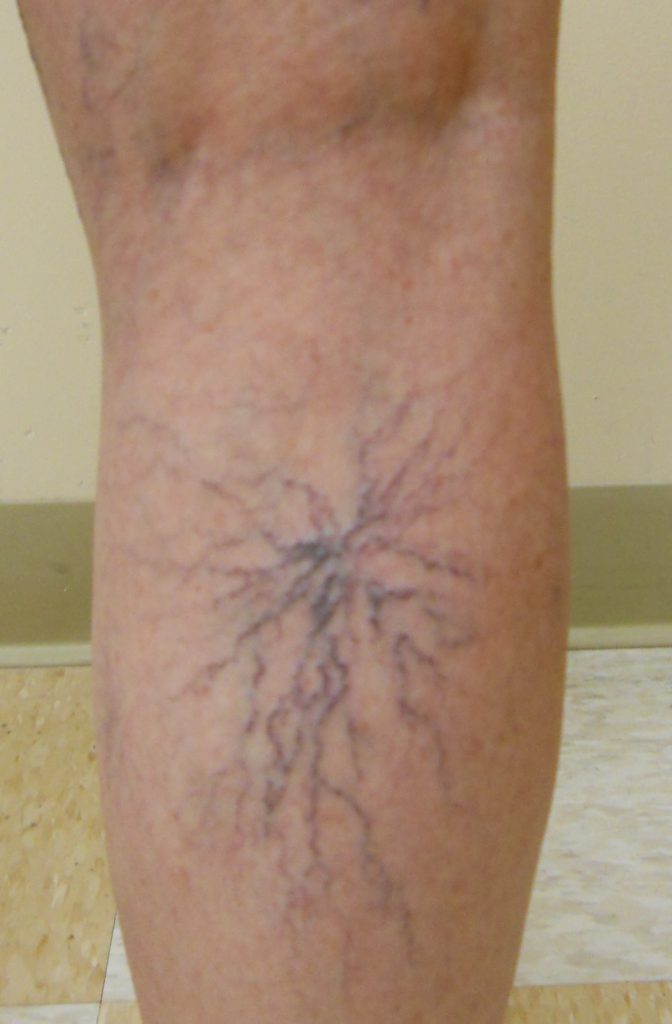
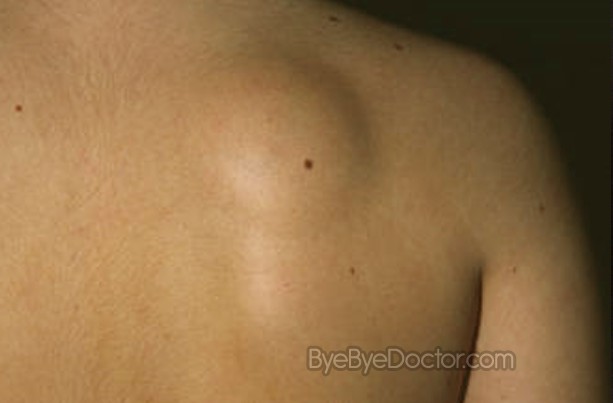

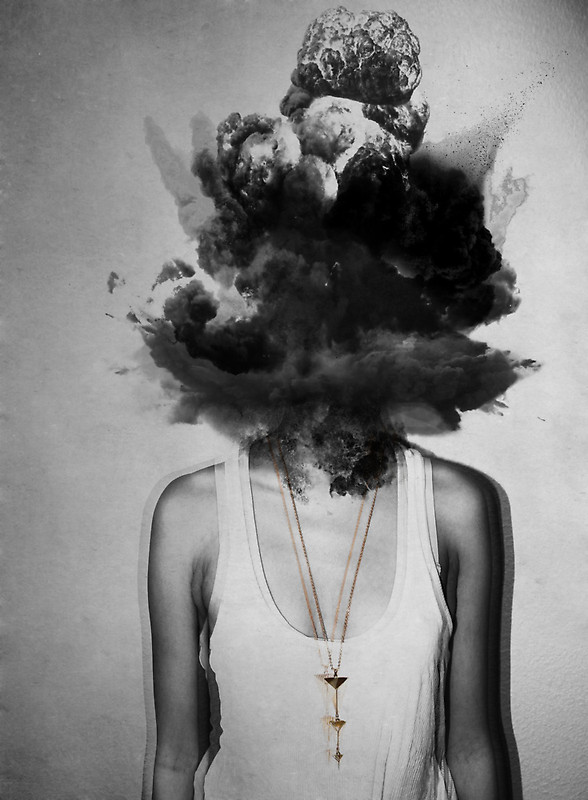



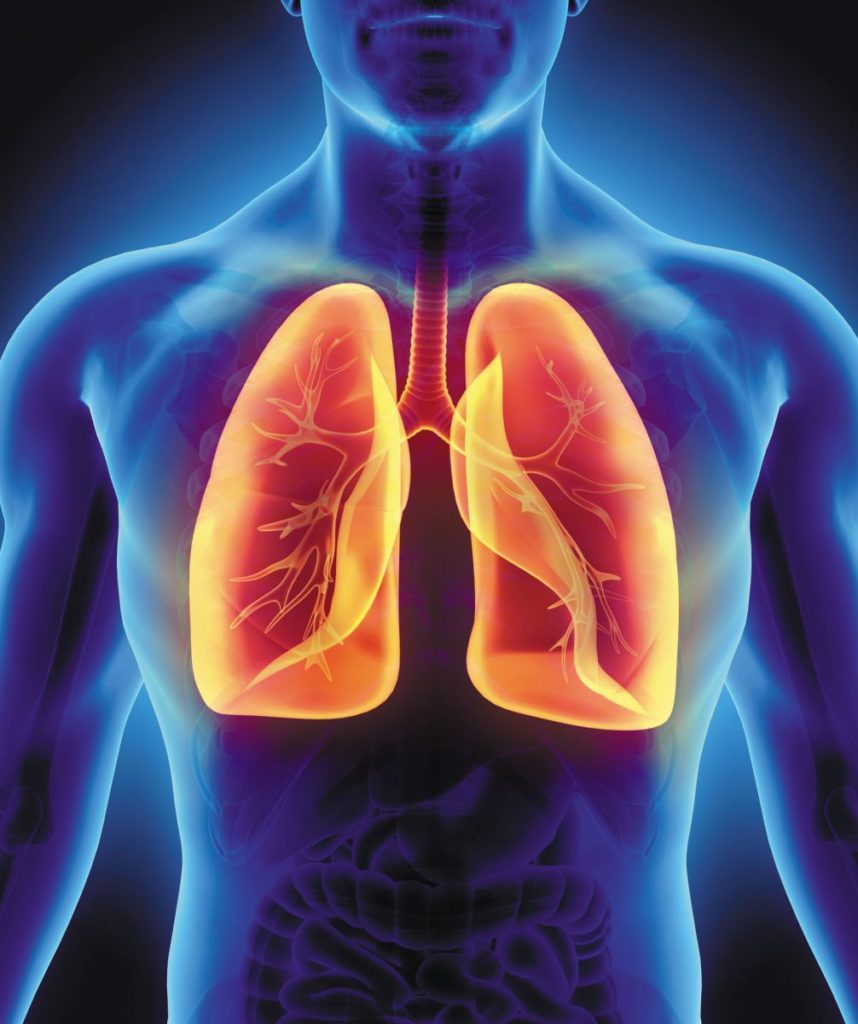
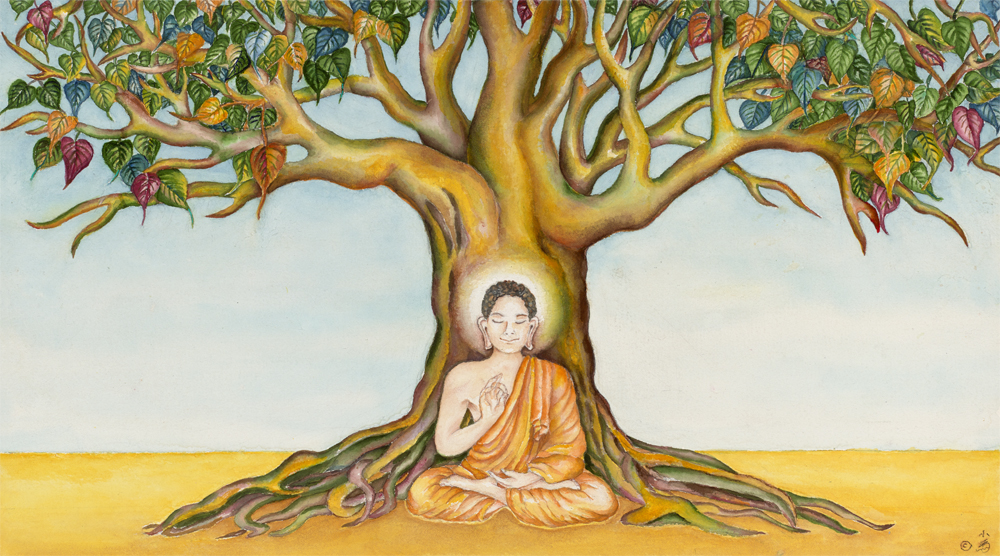



No Comments